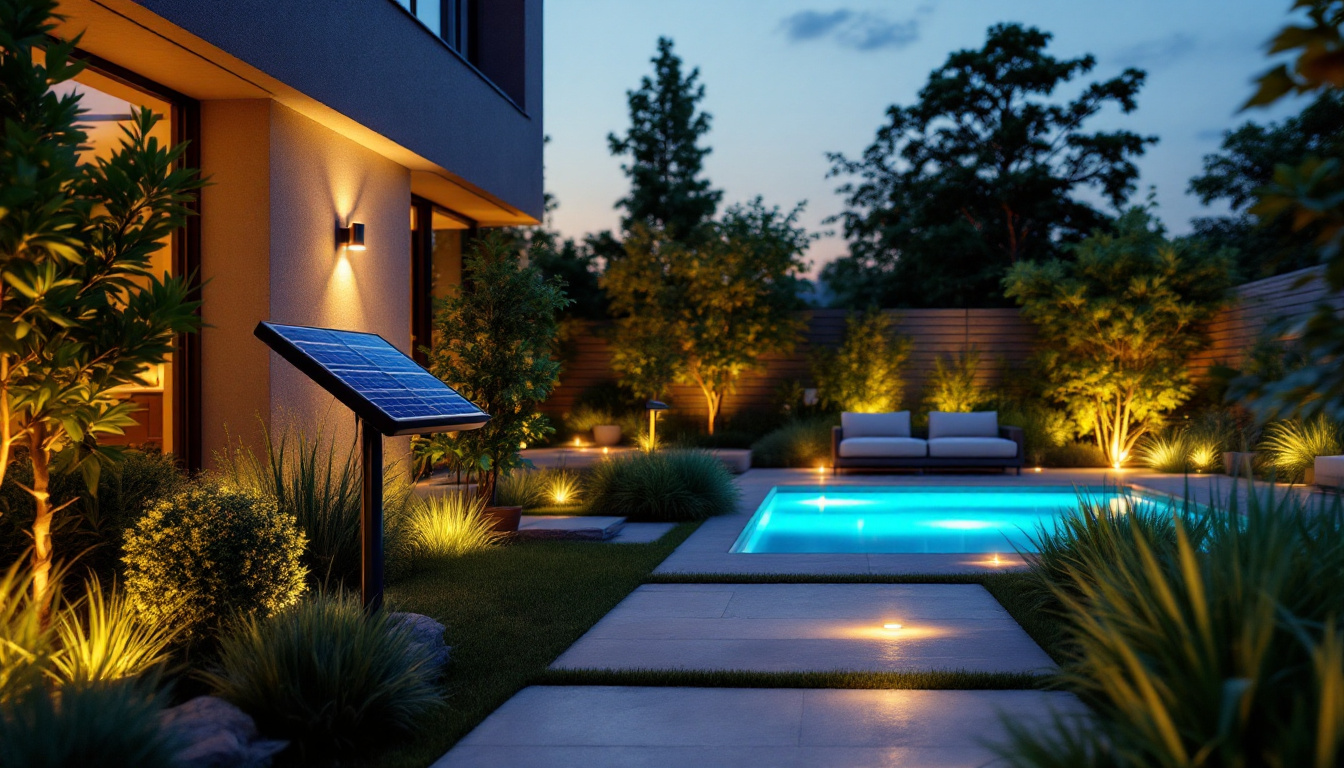
In the ever-evolving world of lighting design, hi hat lighting has emerged as a popular choice among contractors and homeowners alike. These recessed fixtures provide a sleek and modern aesthetic while delivering effective illumination. For lighting contractors, mastering hi hat lighting can not only enhance project outcomes but also elevate client satisfaction. This article explores innovative hacks and strategies that can help lighting contractors optimize their hi hat lighting installations.
Before delving into specific hacks, it’s essential to understand what hi hat lighting entails. Hi hat lights, also known as recessed lights, are fixtures installed into the ceiling, creating a clean and unobtrusive look. They are available in various sizes, styles, and wattages, making them versatile for different applications. These fixtures can be equipped with LED bulbs, which not only enhance energy efficiency but also provide a longer lifespan compared to traditional incandescent bulbs, making them a smart choice for both residential and commercial settings.
The advantages of hi hat lighting are numerous. First and foremost, they save space. By being recessed into the ceiling, they do not take up valuable floor or wall space, making them ideal for smaller rooms or areas with low ceilings. This feature is particularly beneficial in urban apartments where maximizing every square foot is crucial. Furthermore, the sleek design of hi hat lights can seamlessly blend into any décor, allowing homeowners to maintain a minimalist aesthetic while still achieving effective illumination.
Additionally, hi hat lights can be used to create various lighting effects, from ambient to task lighting. This flexibility allows contractors to tailor lighting solutions to meet specific client needs, enhancing both functionality and aesthetic appeal. For instance, dimmable hi hat lights can adjust the mood of a space, transitioning from bright, focused light for activities like cooking or reading to softer, warmer tones for relaxation or entertaining guests. Moreover, the ability to install them in different configurations, such as in rows or clusters, enables designers to craft unique lighting layouts that highlight architectural features or artwork.
Hi hat lighting is suitable for a range of settings, including residential and commercial spaces. In homes, they are often used in living rooms, kitchens, and hallways. In commercial environments, they can illuminate retail spaces, offices, and conference rooms. Understanding the best applications for hi hat lighting can help contractors make informed decisions during installations. For example, in a kitchen, strategically placed hi hat lights can ensure that countertops are well-lit for food preparation, while in a retail space, they can draw attention to product displays, enhancing the shopping experience.
Moreover, hi hat lighting is increasingly being utilized in creative ways, such as in home theaters or media rooms, where they can provide a cinematic atmosphere without the clutter of traditional lamps. By incorporating smart technology, these lights can be controlled via mobile apps or voice commands, allowing users to customize their lighting preferences effortlessly. This adaptability not only improves the functionality of the space but also elevates the overall user experience, making hi hat lighting a popular choice among modern homeowners and businesses alike.
Proper planning is crucial for any successful lighting project. For hi hat lighting, this involves considering factors such as layout, spacing, and the type of bulbs to use. A well-thought-out plan can significantly enhance the final outcome.
When planning the layout for hi hat lighting, it is essential to consider the size of the room and the purpose of the lighting. A common rule of thumb is to space fixtures approximately 4 to 6 feet apart, but this can vary based on the brightness desired and the height of the ceiling.
In larger rooms, contractors may opt for a grid pattern to ensure even distribution of light. Conversely, in smaller spaces, a more focused approach may be necessary to avoid over-illumination. Taking the time to sketch a layout can help visualize the final look and ensure that all areas are adequately lit. Additionally, it’s important to consider the placement of furniture and architectural features, as these can cast shadows or obstruct light. For instance, placing fixtures strategically above seating areas or workspaces can enhance functionality while also adding aesthetic appeal.
The type of bulb used in hi hat lighting can dramatically impact the quality of light produced. LED bulbs are increasingly popular due to their energy efficiency and longevity. They offer a range of color temperatures, allowing contractors to create the desired ambiance.
Additionally, dimmable LED options provide flexibility, enabling clients to adjust the lighting according to their needs. When selecting bulbs, consider the lumen output required for the space, as well as the color rendering index (CRI), which affects how colors appear under the light. Another factor to keep in mind is the beam angle of the bulbs; a wider beam angle can illuminate larger areas, while a narrow beam can create focused pools of light, perfect for highlighting artwork or architectural details. Furthermore, exploring smart lighting solutions can add an extra layer of convenience, allowing users to control their hi hat lights remotely and even set schedules for different lighting scenarios throughout the day.
Once the planning phase is complete, the next step is installation. Here are some hacks that can streamline the process and improve the overall quality of the installation.
One effective hack for ensuring precise placement of hi hat lights is to use templates. By creating a cardboard or paper template of the fixture, contractors can easily mark the ceiling for cutting. This method minimizes errors and ensures that the lights are evenly spaced.
Additionally, templates can help visualize how the lights will look once installed, allowing for adjustments before making any permanent changes. This simple tool can save time and reduce the likelihood of costly mistakes.
Wiring can often be a tedious part of the installation process. To make this step more efficient, consider grouping fixtures together on the same circuit. This not only simplifies wiring but also allows for easier troubleshooting in the future.
Using wire connectors can also speed up the process. These connectors provide a secure and efficient way to join wires, reducing the risk of loose connections that could lead to flickering lights or outages.
Incorporating smart technology into hi hat lighting installations can enhance functionality and appeal to tech-savvy clients. Smart dimmers and smart bulbs allow for remote control and automation, making it easy for homeowners to adjust their lighting from anywhere.
Additionally, integrating hi hat lights with home automation systems can provide added convenience. For example, setting up lighting schedules or linking lights to motion sensors can enhance security and energy efficiency.
After the installation is complete, there are several considerations that contractors should keep in mind to ensure long-lasting performance and client satisfaction.
Educating clients about their new hi hat lighting system is essential for ensuring they get the most out of their investment. Take the time to explain how to use any smart features, adjust dimmers, and replace bulbs when necessary.
Providing a simple user manual or a quick reference guide can also be beneficial. This not only empowers clients but can also reduce the number of follow-up calls or visits needed for troubleshooting.
Regular maintenance is key to keeping hi hat lighting systems functioning optimally. Encourage clients to periodically check for dust buildup on the fixtures, as this can affect light output and efficiency. A simple dusting can make a significant difference in performance.
Additionally, remind clients to monitor the condition of their bulbs. Replacing bulbs promptly can prevent damage to the fixture and ensure consistent lighting quality. Offering a maintenance plan can also be a value-added service that enhances client relationships.
Staying updated on current trends in hi hat lighting can give contractors a competitive edge. As technology advances and design preferences evolve, being aware of these trends can help tailor offerings to meet client demands.
With a growing emphasis on sustainability, energy-efficient lighting solutions are more popular than ever. LED hi hat lights are at the forefront of this trend, providing significant energy savings compared to traditional incandescent bulbs.
Contractors should also be prepared to discuss the environmental benefits of their lighting choices with clients. Many homeowners are increasingly conscious of their carbon footprint and are looking for ways to reduce it through energy-efficient solutions.
Another trend gaining traction is the demand for customizable lighting solutions. Clients are looking for ways to personalize their spaces, and hi hat lighting can play a significant role in achieving this. Offering options such as adjustable beam angles or color-changing bulbs can enhance the appeal of installations.
Contractors should consider collaborating with manufacturers that provide customizable options, as this can set their services apart from competitors and attract a broader clientele.
Hi hat lighting presents a wealth of opportunities for lighting contractors to enhance their projects and satisfy clients. By understanding the fundamentals of hi hat lighting, planning installations meticulously, and leveraging innovative hacks, contractors can streamline their processes and deliver exceptional results.
Staying informed about trends and advancements in the industry will further empower contractors to meet the evolving needs of their clients. Ultimately, embracing these strategies will not only improve the quality of installations but also foster long-term relationships with clients, paving the way for future projects.
Ready to take your hi hat lighting projects to the next level? At LumenWholesale, we provide lighting contractors with the highest quality, spec-grade lighting products at prices that can’t be beaten. Our extensive selection is designed to meet the most rigorous industry standards, ensuring that every installation shines with reliability and performance. Plus, with the convenience of free shipping on bulk orders, you can stock up on premium lighting without worrying about hidden costs or compromises. Elevate your lighting game and enjoy the best value in wholesale lighting by visiting LumenWholesale today.

Discover the future of outdoor illumination with high-end solar-powered lights.

Discover the pitfalls lighting contractors often encounter with outdoor solar flood light fixtures.
Discover how big outdoor light fixtures can transform your space by enhancing safety and security.

Discover the essentials of pendant light installations with our comprehensive guide tailored for lighting contractors.